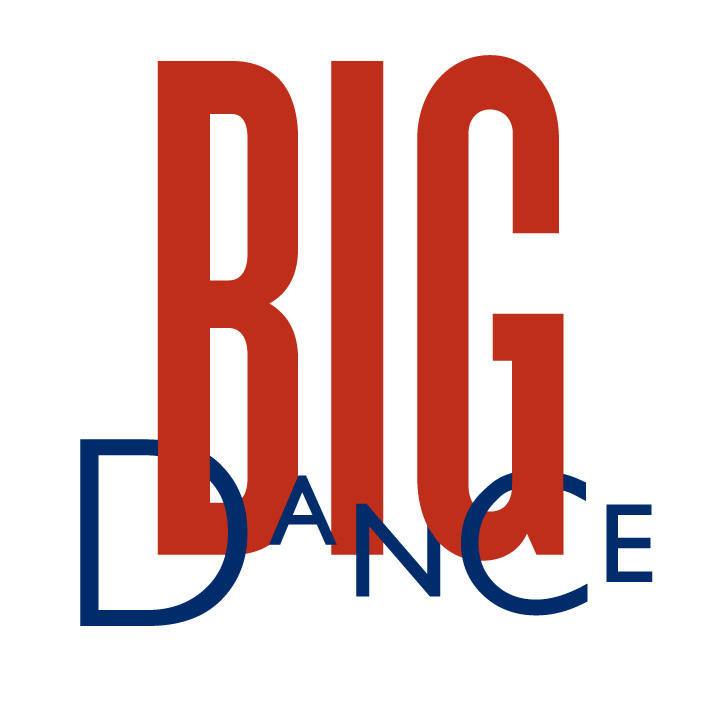 The Big Dance Pledge is back for 2014, a chance to learn, make and perform dance with the rest of the world as one. As a mark of the 5th anniversary of the Big Dance Pledge, this special 5th edition is created by Scottish Ballet with fun and celebration at its heart, as part of the Glasgow 2014 Cultural Programme of the Commonwealth Games. Lots of help is at hand; watch the ‘Pledge Family’ demonstrate, look through the Big Dance tutorial and inspiration films to begin planning your own Pledge!
The Big Dance Pledge is back for 2014, a chance to learn, make and perform dance with the rest of the world as one. As a mark of the 5th anniversary of the Big Dance Pledge, this special 5th edition is created by Scottish Ballet with fun and celebration at its heart, as part of the Glasgow 2014 Cultural Programme of the Commonwealth Games. Lots of help is at hand; watch the ‘Pledge Family’ demonstrate, look through the Big Dance tutorial and inspiration films to begin planning your own Pledge!
You can even make your own version for the Big Dance Pledge 2014, with a group of friends, classmates or work colleagues to put your dancing on the map! Once you are rehearsed and happy with your dancing, be ready to perform as part of the two simultaneous performances on 16 May 2014 from wherever you are to be part of a unique and simultaneous wave of dancing across the world. If you would like to learn the official Big Dance, watch the complete choreography online. You can learn the dance with 5 tutorial videos, showing one section at a time – don’t forget to use the special warm up video!
The Big Dance Pledge will travel around the world with the support of the British Council. School children all over the world will be able to learn the Scottish Ballet choreographed dance and participate in the Big Dance Schools Pledge through the British Council’s Schools Online website. The British Council also plan to provide step by step guides for Commonwealth schools on how to take part, alongside additional teaching resources that will provide an introduction to dance.
Devised for people of all ages and abilities and with a variety of dance styles included, Scottish Ballet’s Creation of the Pledge has been in development for almost one year by the company’s education team.

 American Repertory Ballet will present its first ‘On Pointe Enrichment Series’ event on 7 February, specifically aimed at children from 2 years, and their families, entitled “Telling Stories Through Dance”. The American Repertory Ballet Trainees and members of American Repertory Ballet Workshop (ARBW), a performing group comprised of Princeton Ballet School’s advanced students, will perform Matthew Keefe’s Grumpy Bird and selected variations from Princeton Ballet School’s spring 2014 production of The Sleeping Beauty. All American Repertory Ballet’s On Pointe events are free and open to the public.
American Repertory Ballet will present its first ‘On Pointe Enrichment Series’ event on 7 February, specifically aimed at children from 2 years, and their families, entitled “Telling Stories Through Dance”. The American Repertory Ballet Trainees and members of American Repertory Ballet Workshop (ARBW), a performing group comprised of Princeton Ballet School’s advanced students, will perform Matthew Keefe’s Grumpy Bird and selected variations from Princeton Ballet School’s spring 2014 production of The Sleeping Beauty. All American Repertory Ballet’s On Pointe events are free and open to the public.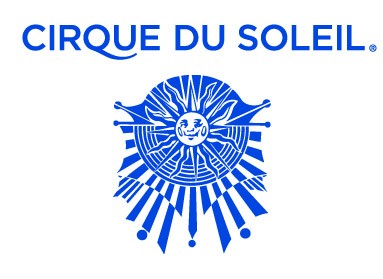 Cirque du Soleil, the renowned theatrical company famous for its incredible show performances, has announced it has formed Cirque du Soleil Theatrical, a New York-based division that will focus on developing new shows for Broadway, the West End and touring.
Cirque du Soleil, the renowned theatrical company famous for its incredible show performances, has announced it has formed Cirque du Soleil Theatrical, a New York-based division that will focus on developing new shows for Broadway, the West End and touring.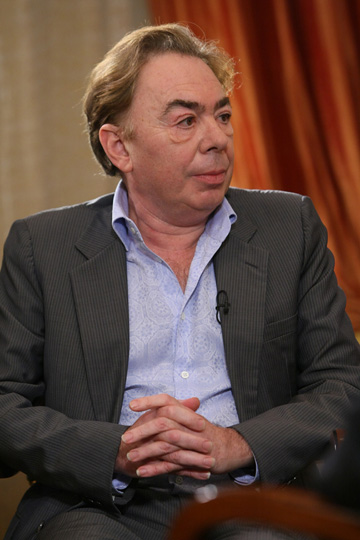 Andrew Lloyd Webber’s charitable foundation has announced six grants which will support apprenticeships within professional arts organisations. The grants total more than £150,000, meaning young people will be able to gain better access to the arts, and gain a better chance of success with funds behind them as part of organisations.
Andrew Lloyd Webber’s charitable foundation has announced six grants which will support apprenticeships within professional arts organisations. The grants total more than £150,000, meaning young people will be able to gain better access to the arts, and gain a better chance of success with funds behind them as part of organisations. Dancer turned choreographer Carlos Acosta has warned that ballerinas are causing a crisis in the dance world because too few are making the leap to a career as top-level professional dancers. This sweeping statement seems rather unsupported, with Acosta claiming there are no female dancers of a sufficient stature for him to perform opposite, with girls becoming ‘non-existent’.
Dancer turned choreographer Carlos Acosta has warned that ballerinas are causing a crisis in the dance world because too few are making the leap to a career as top-level professional dancers. This sweeping statement seems rather unsupported, with Acosta claiming there are no female dancers of a sufficient stature for him to perform opposite, with girls becoming ‘non-existent’.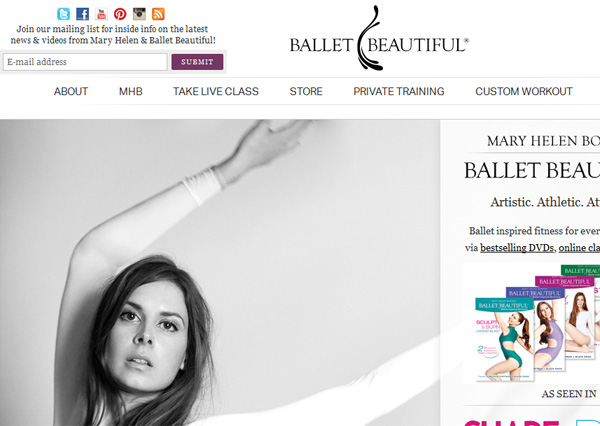 Mary Helen Bowers is the ballerina behind
Mary Helen Bowers is the ballerina behind 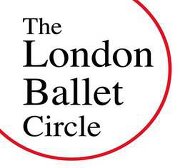 The London Ballet Circle provides financial support to student dancers, raising funds by hosting events such as talks by dancers, choreographers and company directors where members can find out from artists about their life and work. The events of the LBC offer a range of prestigious industry artists as speakers at the events, and the LBC also arranges private visits to ballet schools so members can observe students in training, and their incredible discipline and dedication devoted to their art. All of the LBC events raise vital funds to assist the education of the next generation of talent.
The London Ballet Circle provides financial support to student dancers, raising funds by hosting events such as talks by dancers, choreographers and company directors where members can find out from artists about their life and work. The events of the LBC offer a range of prestigious industry artists as speakers at the events, and the LBC also arranges private visits to ballet schools so members can observe students in training, and their incredible discipline and dedication devoted to their art. All of the LBC events raise vital funds to assist the education of the next generation of talent.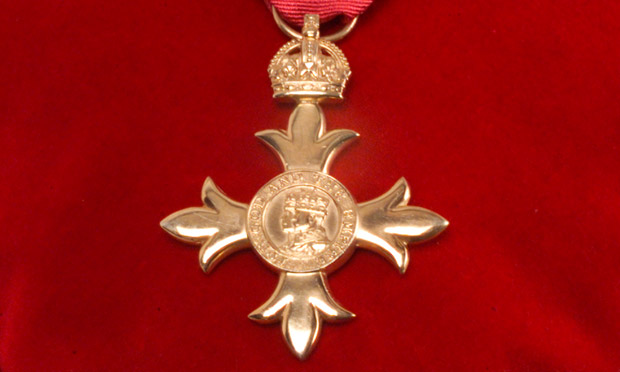 The New Year’s Honours List 2014, released on 30 December 2013, included nine honours for dance professionals, championing their work for the arts sector. Dance UK runs the dance sector’s Honours Advisory Committee which is a group of dance professionals who volunteer their time and expertise to ensure dance professionals are regularly nominated from across the rich and diverse world of dance. Teachers, dancers, managers and choreographers can all be nominated, recognised for their hard work in all dance forms.
The New Year’s Honours List 2014, released on 30 December 2013, included nine honours for dance professionals, championing their work for the arts sector. Dance UK runs the dance sector’s Honours Advisory Committee which is a group of dance professionals who volunteer their time and expertise to ensure dance professionals are regularly nominated from across the rich and diverse world of dance. Teachers, dancers, managers and choreographers can all be nominated, recognised for their hard work in all dance forms.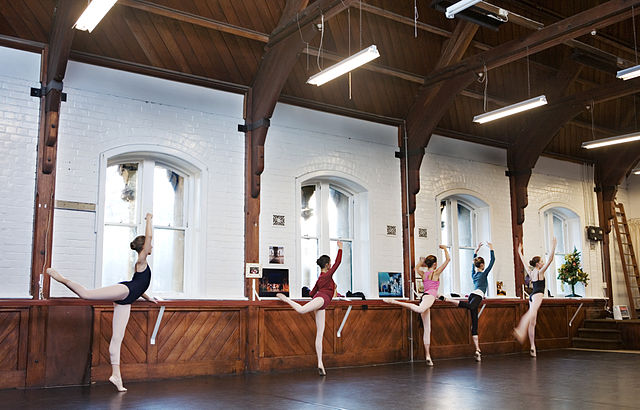
 The Mariinsky Ballet has announced plans for its London season in the summer of 2014: the season will run from 28 July to 14 August at the Royal Opera House, opening with the classic tale Romeo and Juliet. The company will also dance a triple bill of The Firebird, Marguerite and Armand and Concerto DSCH, Swan Lake and a George Balanchine double bill of A Midsummer Night’s Dream – the first time the company has danced this work in the UK – and Apollo. The season will end with the London premiere of Alexei Ratmansky’s Cinderella, a production eagerly awaited by London audiences.
The Mariinsky Ballet has announced plans for its London season in the summer of 2014: the season will run from 28 July to 14 August at the Royal Opera House, opening with the classic tale Romeo and Juliet. The company will also dance a triple bill of The Firebird, Marguerite and Armand and Concerto DSCH, Swan Lake and a George Balanchine double bill of A Midsummer Night’s Dream – the first time the company has danced this work in the UK – and Apollo. The season will end with the London premiere of Alexei Ratmansky’s Cinderella, a production eagerly awaited by London audiences.